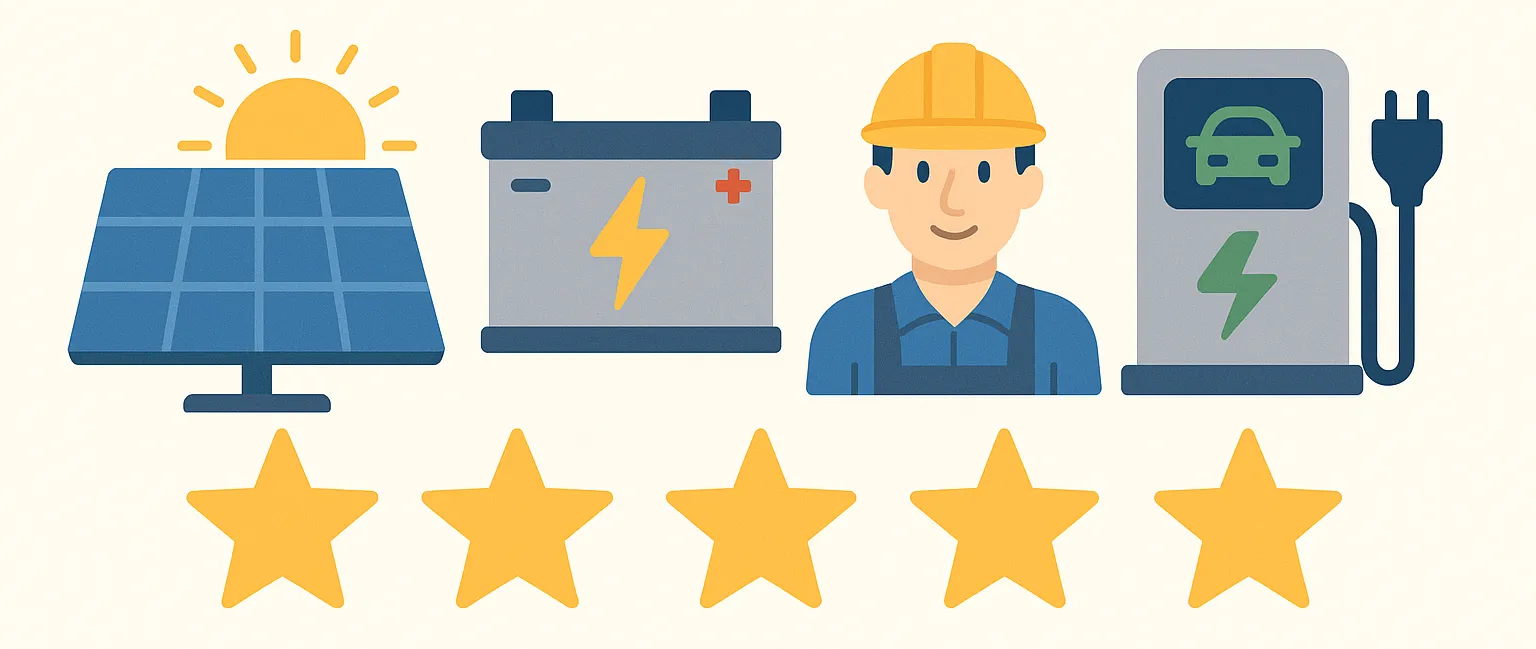White Gum Valley apartments are not only great with their structures but also great with their solar cells on the roof, but did you know that they are actually part of an Australian-first experiment?
While the State Government is looking at pulling the pin on solar subsidies, these residents in the southern suburbs will be trading power between themselves at a cheaper rate than charged by Synergy.
The solar panels generate power, which is then stored in a communal bank of batteries so its available day or night.
“If you’ve got excess solar now, your solar panels are producing energy while you’re away at work or you’re away on holidays – that energy gets spilled into the grid and you sell it to Synergy your retailer,” Power Ledger’s David Martin said.
“Now, under the model we have here, instead of selling your energy to Synergy you can sell it to your next door neighbour at a better price.”
The developers of the Evermore apartments say the expected power cost savings for residents will be in the vicinity of 30 to 40 per cent.
And advocates say the system is simple as well. While it’s underpinned by a digital blockchain – the same technology that powers cryptocurrency – the buying and selling of power happens automatically, without the residents actually having to do anything.
The project is being monitored by Curtin University, which is collecting data to help inform Western Power and national authorities on infrastructure needs.
While it’s currently only set up to work in an arrangement like the White Gum Valley apartments – where residents are linked by corporate body arrangements – there are hopes it could one day be adapted on a wider scale.
“The world is watching – I think that now there are people all round the world saying they’re doing it in Perth why can’t we?” Professor Peter Newman said.
